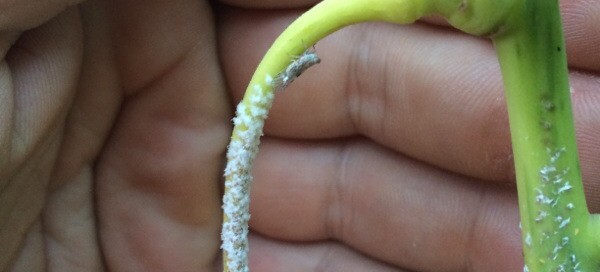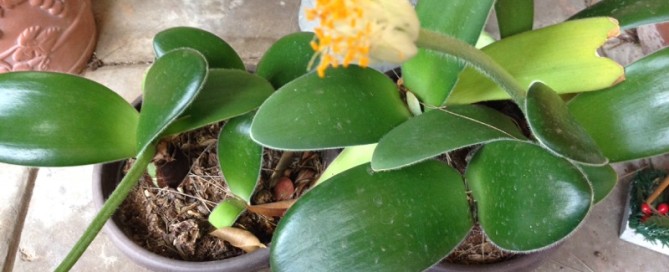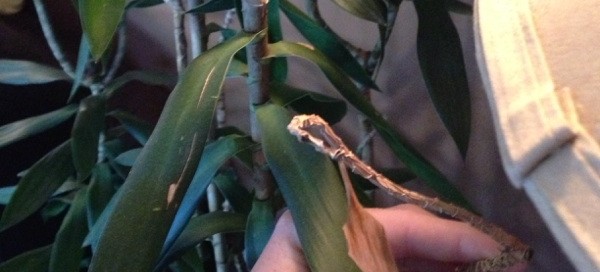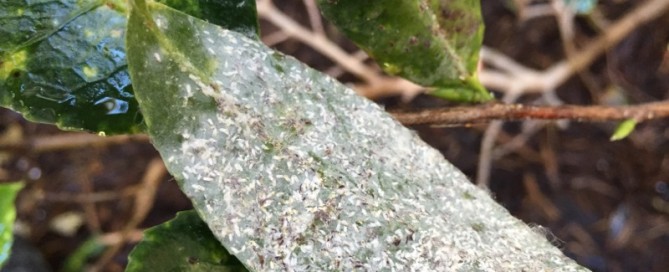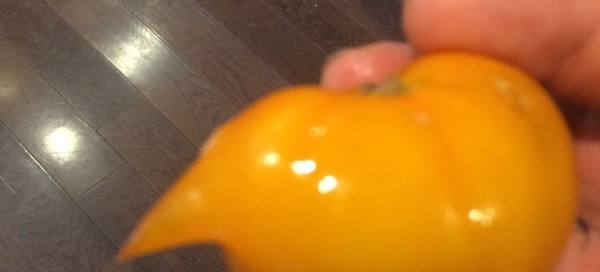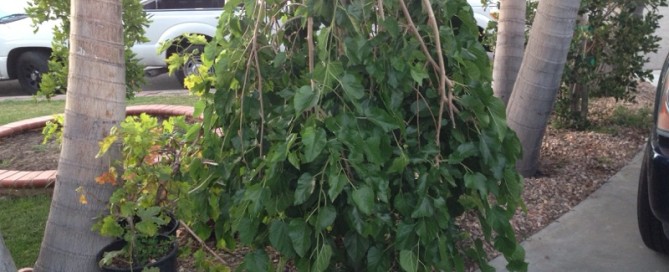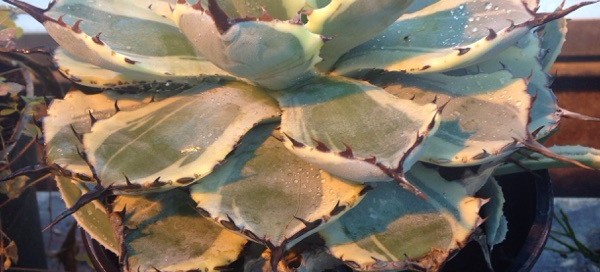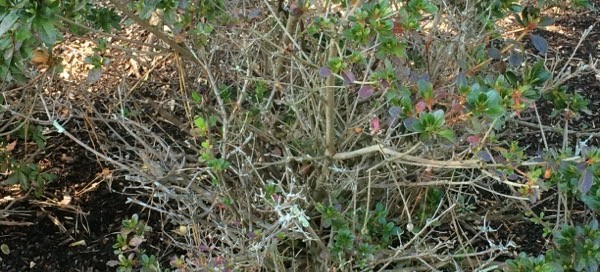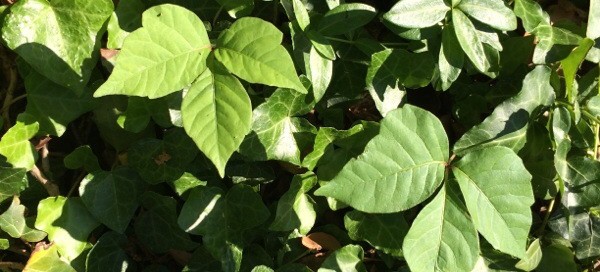Traditional Jade Plant
Your plant is likely a jade plant, Crassula argentea, a popular succulent. Grows well indoors in very bright indirect light or outdoors in full sun, but does not tolerate freezing temperatures. Water when the soil feels dry down to the first knuckle. Do not over-water. Also make sure if in a container has drainage holes. Do not allow plant to sit in water as this may lead to root rot. Common names can be confusing, entertaining, and interesting! Also known as Chinese rubber
tree, money plant, or dollar plant, these plants were once thought to bring good luck to their
owners so were often given as housewarming gifts. Many people who practice Feng Shui say that having one of these plants in your home, with their roundish leaves like coins, helps to bring money into your life. Also the fact that fallen leaves can readily start new plants is another
analogy for increasing wealth and abundance.

